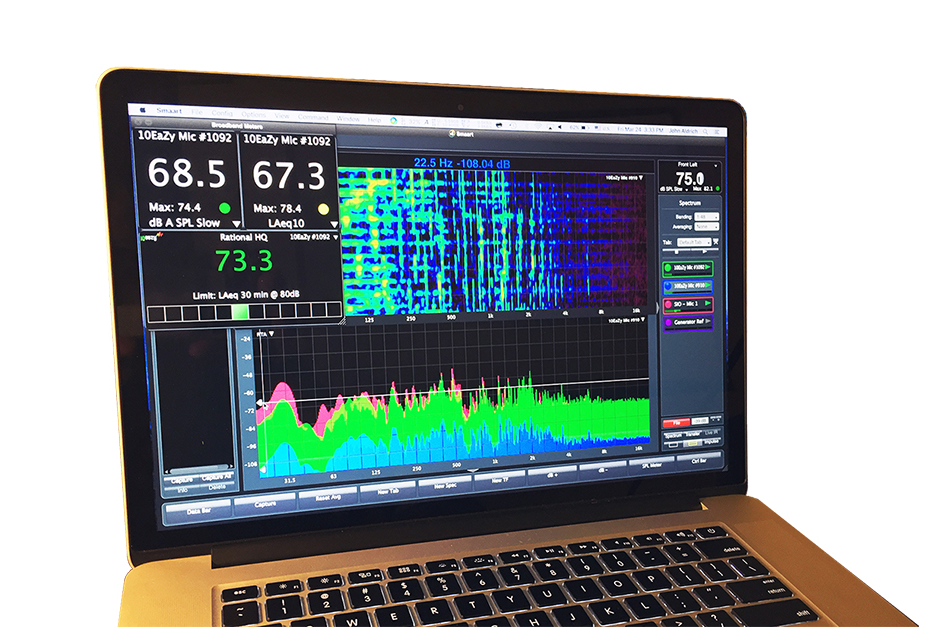


Increase the volume of the measurement signal So what to do if the acoustic situation is not optimal, but we still want to take good measurements? Here are a few suggestions: 1. The measurement signal is barely audible, but is almost lost in the background noise. While I would normally measure at -20dB or -25dB (which would result in about 80-85dB SPL with my active speakers), I deliberately worsened it at -50dB today. I also lowered the measurement signal significantly for most measurements.

There was a constant pink noise on the right speaker all the time. Since the outside noise changes constantly, I have created my own background noise.

And that's not that difficult! The test setupįor the example diagrams, I put the measurement signal on my left speaker and set the microphone to my normal listening position. But occasionally you may want to hit the full 60dB. If good measurement data are not available, a level drop of only 30dB or 40dB can of course be analysed and the contours become sharp again. The 60dB decay is clearly defined in the spectogram. In the example on the right, we see from the impulse response that the background noise only begins below -80dB compared to the peak. In the example on the left, at -60dB the limit of the noise floor is already reached and the contours of the room modes are not clearly recognizable. If the background noise is too high, we can only recognize tendencies, but find it difficult to make a clear decision about the next steps.īoth spectograms show a 60dB decay. It is important to recognize where room modes reverberate and where they should be treated acoustically. We are particularly interested in the frequency-dependent decay behavior in the bass range. The following comparison of a spectogram and the associated impulse response illustrates the difference between a technically bad (left) and a good (right) measurement: And of course this can only be clearly shown if our measurement data also have such a dynamic range. Many room acoustic properties such as the reverberation time consider the level to drop by 60dB. The most important parameter is the signal-to-noise ratio. In this respect, every measurement is better than no measurement! In my blog article on measuring room modes, I briefly outlined the first steps and settings with REW ( Room EQ Wizard) so that you can take a first measurement of your own room as easily as possible - in case you haven’t done any such measurements yet.Īs soon as the measurement setup is complete and you have taken your first measurements, the quality can easily be improved with a few simple tricks. The insights you get from the new diagrams such as the impulse response and the waterfall diagram or spectogram are very interesting and informative in any case! The technical quality is not very important for the first measurements of your room.


 0 kommentar(er)
0 kommentar(er)
